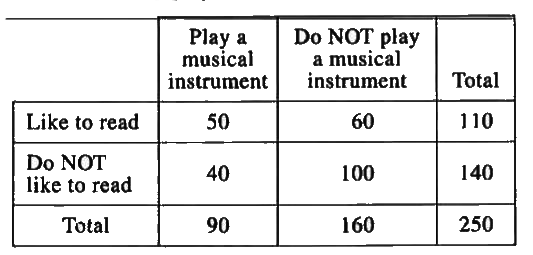Explain, why stringed musical instruments, like the guitar, are provided with a hollow box
Step-by-Step Solution:
1. Understanding the Basics of Sound Production:
- Musical instruments produce sound through vibrations. In stringed instruments like the guitar, the strings vibrate when plucked or strummed.
2. Vibrating Strings Produce Weak Sound:
- The vibrations of the strings alone produce a relatively weak sound. This means that if you were to play a guitar without any amplification, the sound would not be loud enough for an audience to hear clearly.
3. Role of the Hollow Box:
- The hollow box, or body of the guitar, serves a crucial purpose. It acts as a resonating chamber. When the strings vibrate, they cause the air inside the hollow box to vibrate as well.
4. Forced Vibration:
- The hollow box forces the vibrations of the strings to resonate with the air inside it. This process is known as forced vibration. The air inside the box amplifies the sound produced by the vibrating strings.
5. Increasing Sound Volume:
- As the air inside the hollow box vibrates, it creates sound waves that travel out into the surrounding environment. This results in a louder sound that can be heard more clearly by an audience.
6. Conclusion:
- Therefore, the hollow box in stringed instruments like the guitar is essential for amplifying the sound produced by the vibrating strings, allowing for a more enjoyable listening experience.
---
- Musical instruments produce sound through vibrations. In stringed instruments like the guitar, the strings vibrate when plucked or strummed.
- The vibrations of the strings alone produce a relatively weak sound. This means that if you were to play a guitar without any amplification, the sound would not be loud enough for an audience to hear clearly.
- The hollow box, or body of the guitar, serves a crucial purpose. It acts as a resonating chamber. When the strings vibrate, they cause the air inside the hollow box to vibrate as well.
- The hollow box forces the vibrations of the strings to resonate with the air inside it. This process is known as forced vibration. The air inside the box amplifies the sound produced by the vibrating strings.
- As the air inside the hollow box vibrates, it creates sound waves that travel out into the surrounding environment. This results in a louder sound that can be heard more clearly by an audience.
- Therefore, the hollow box in stringed instruments like the guitar is essential for amplifying the sound produced by the vibrating strings, allowing for a more enjoyable listening experience.
Topper's Solved these Questions
Similar Questions
Knowledge Check
The table below shows the results of a survey of 250 people who were asked whether they like to read and whether they play a musical instrument.

According the the results, what is the probability that a randomly selected person who was surveyed likes to read, given that the person plays a musical instrument?A15B59C511D925A sound is produced by plucking a string in a musical instrument, then
Athe velocity of the wave in the string is equal to the velocity of sound in the stringBthe frequency of wave in the string is equal to the frequency of the sound producedCthe wave in the string is progrressiveDthe tension in the string varies from point to point
Why we use air columns in musical instruments ?
View SolutionExplain stringed and wind instruments. Describe how you can change the pitch in them.
View SolutionExplain why strings of different thickness are provided on a stringed instrument.
View SolutionIn a class of 40 students, 24 like to play guitar and 25 like to play piano. If each students like at least one of the musical instrutment, then how many like to play both piano and guitar?
View SolutionThree musical instruments give out notes at the frequencies listed below. Flute : 400 Hz, Guitar : 200 Hz, Trumpet : 500 Hz. Which one of these has the highest pitch ?
View SolutionThe length of string of a musical instrument is 90 cm and has fundamental frequency of 120 Hz where should it be pressed to produce fundamental frequency of 180 Hz
View Solution
